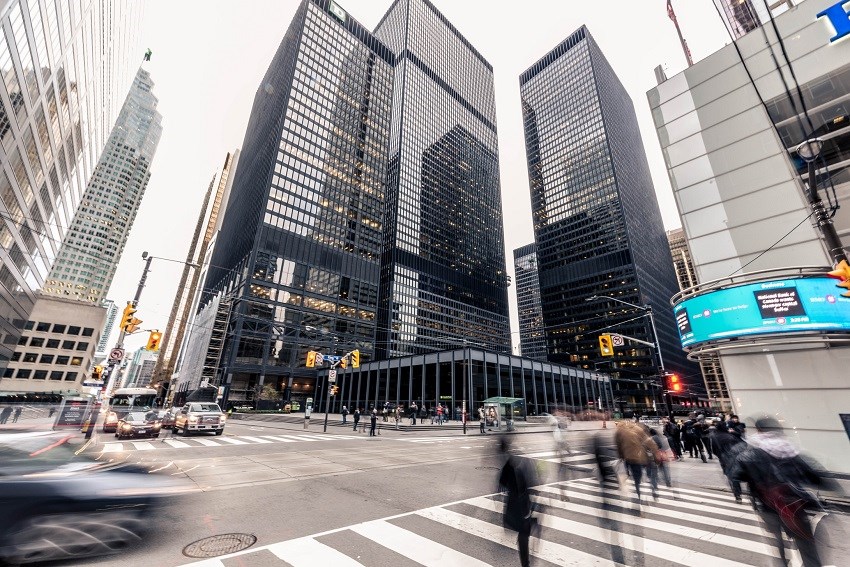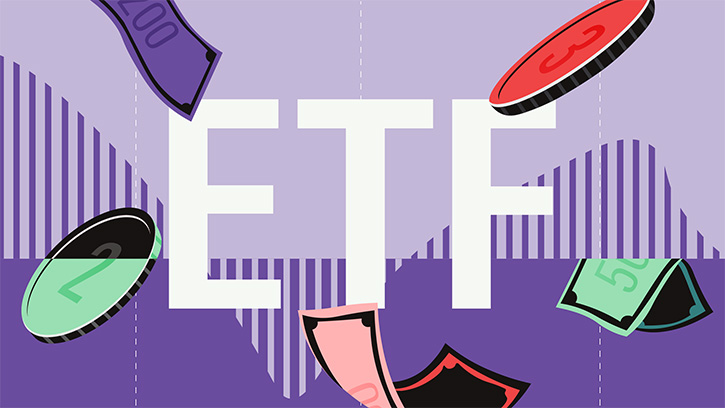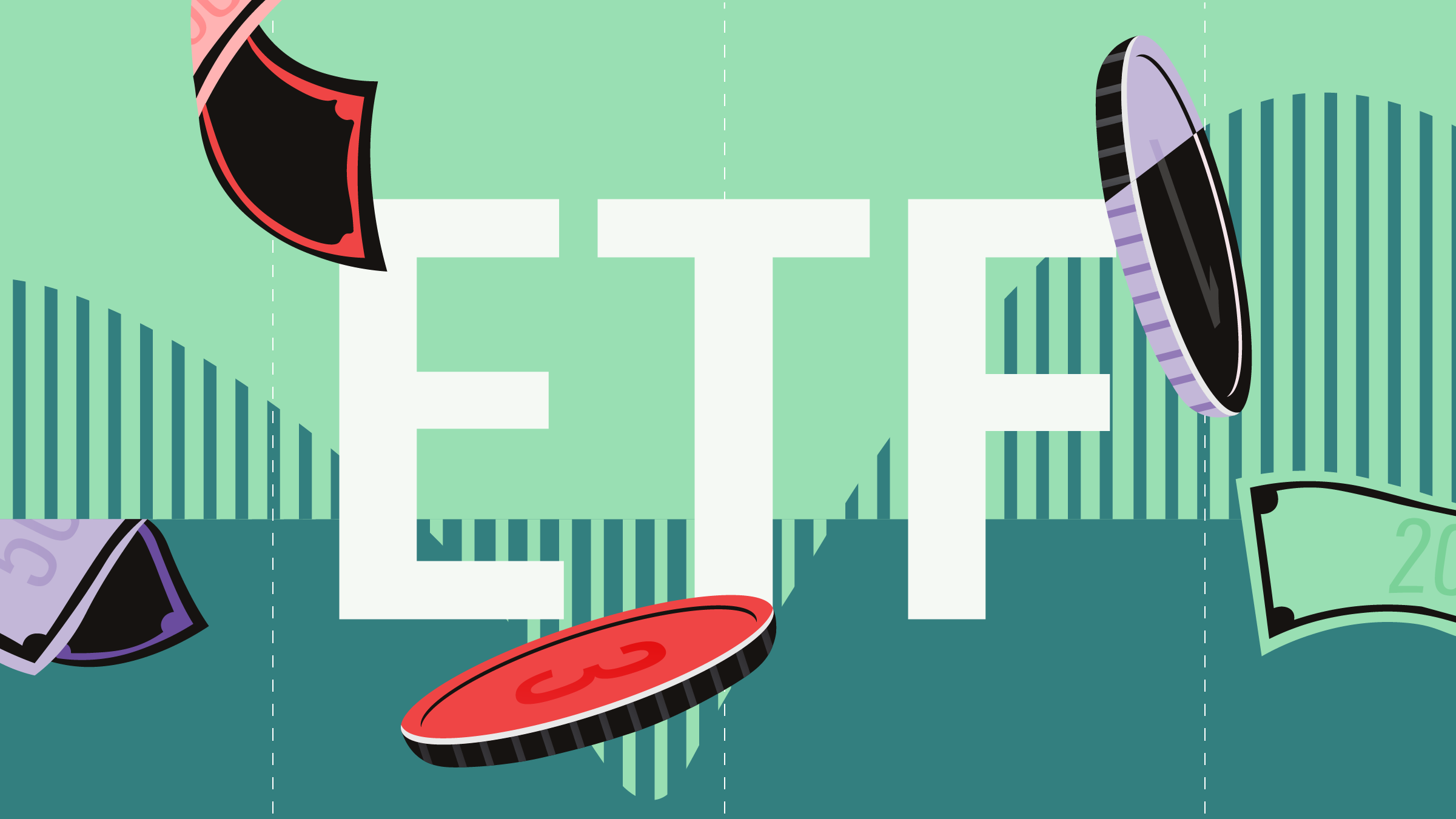2022 was a great year in which investors might have been able to test the advantage of active management in their portfolios. You’re paying more for active management, with the expectation of additional alpha. But this year, Canadian exchange traded funds (ETFs) outperformed with their relatively passive management when considering fees.
This year, we are highlighting the top performing mutual funds and ETFs that are also medalists, based on either a Morningstar Quantitative Rating, or a Morningstar Analyst Rating. When we look at Canada’s top mutual funds tomorrow, you’ll notice actively managed products clocked similar results as ETFs. Both rode a commodities hedge this year, combined with the demand for energy from economies reopening after the pandemic. Although most ETFs did so at a fraction of the cost, especially among these medalists:
The top four funds to take the ETF leaderboard this year were all energy funds, with many of them still dominating since last year.
Horizons S&P/TSX Capped Energy ETF (HXE) hasn’t moved from the top spot for performance, all while charging only 0.27% a year for its management expense ratio (MER). The Morningstar gold medalist is also tax efficient as it states it isn’t expected to make taxable distributions. It also uses a swap contract setup to reduce tracking error as it follows the S&P/TSX Capped Energy Index.
In second place, tracking the same index, we have iShares S&P/TSX Capped Energy ETF (XEG), albeit charging a higher MER. As of December 16th, the fund had 29 equity holdings with a reported turnover of 143.15%.
In third place, we have a new ETF entrant this year – which happens to be based on last year’s top-performing mutual fund. Ninepoint Energy ETF (NNRG) aims to beat the S&P/TSX Capped Energy Total Return Index, and has an incentive fee. According to the ETF Fact document, “The Fund pays the Manager annually an incentive fee equal to 10% of the amount by which the return of the series exceeds the return of the S&P/TSX Capped Energy Total Return Index, multiplied by the net asset value of the series.” The fund has a YTD return of 41.58% as of December 18, 2022, and its MER inclusive of the incentive fee is 5.12%. The S&P/TSX Capped Energy Total Return Index has returned 47.36% as of December 18, 2022.
Incentive fees aren't good for investors, as Bryan Armour, Morningstar’s Director of Passive Strategies Research for North America, says. “Active fund managers should be aligned with their holders in striving to beat their benchmark regardless of an incentive fee,” he adds. To him, any incentive fee is too much. “Investors typically prefer ETFs for their low costs, both in terms of management fees and tax costs, so (charging an incentive fee) makes even less sense in an ETF wrapper,” he notes.
In fourth, BMO Equal Weight Oil & Gas ETF (ZEO) also benefitted from the energy sector’s performance with allocations that leaned more large cap than the Energy Equity category as of Oct 31st. The strategy has both beaten the category and underperformed the index since 2020, but is a solid silver medalist, with an MER of 0.61%
BMO also took fifth place for performance, but not with an energy ETF. BMO Low Volatility US Equity ETF (CAD) (ZLU) posted returns that are much lower than other funds covered so far, but it was a feat to pull off a U.S. equity strategy that ended positively this year. Considering Morningstar’s US Market Index is down around 20% year-to-date as of Dec 16th, the fund’s 0.33% MER is a bargain.
The remaining five top-performing medalist funds this year further broadened the sectors on our leaderboard, displaying the versatility of the ETF asset class.
In sixth place, Horizons was able to isolate a niche fixed-income space that performed well, especially for a bond fund in 2022. As of Nov 30, Active Ultra-Short Term US Investment Grade Bond ETF (HUF) held about 68% of bonds in the 1-3 year maturity range, with roughly 42%, 40% and 17% in government, corporate and cash allocations, respectively.
Both seventh and eigth spots were taken by infrastructure ETFs as much of the utilities sector held its head above water this year. iShares Global Infrastructure ETF (CIF) and Mackenzie Global Infrastructure ETF (QINF) held about 50% and 78% in utilities as of December 16, 2022. Mackenzie’s offering slightly underperformed that from iShares, but almost made up for it in savings thanks to a low MER.
With a performance to rival most speculative bets in 2022, BMO’s Clean Energy ETF (ZCLN) has turned out to be a gold medalist with a roller-coaster performance. The fund flew in the opposite direction of its underlying Global Small-Mid Cap Equity category in 2021, and not in a good way. Fast forward to this year as of December 16 and it’s ranked first in the category of 146 funds.
Our tenth-best-performing medalist ETF in Canada is a European equity approach that’s also improved its percentile ranking among peers in its category. First Trust AlphaDEX European Dividend Index ETF (EUR) delivered a solid year in the green when the Morningstar Europe index was down around 13% year to date as of December 16. As of Dececember 8, the fund had about CAD$5.6 million in assets under management.

























